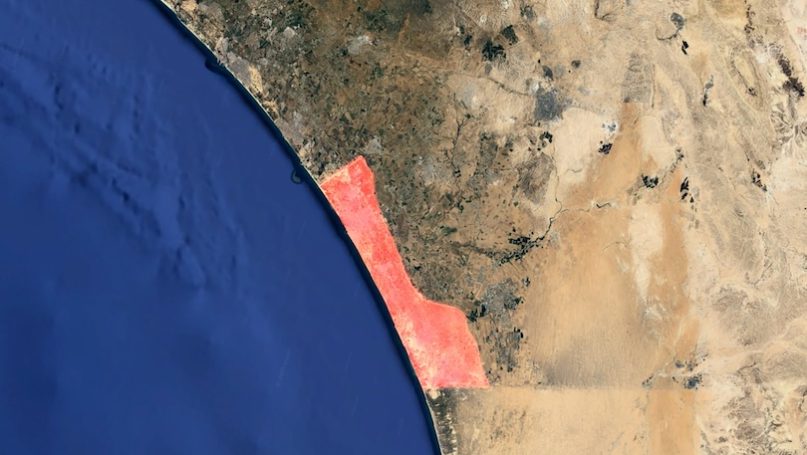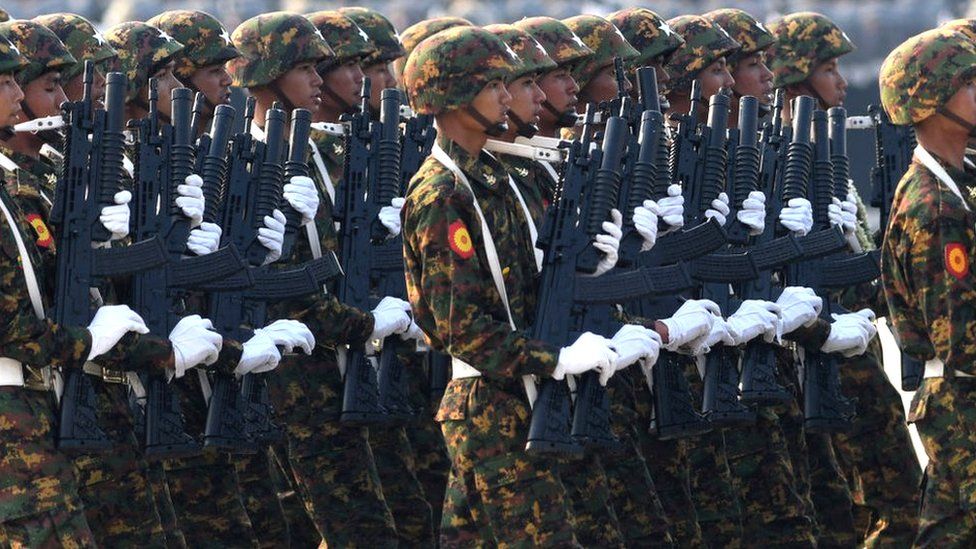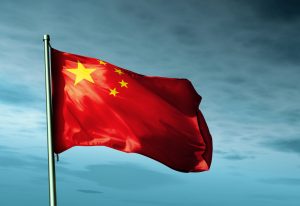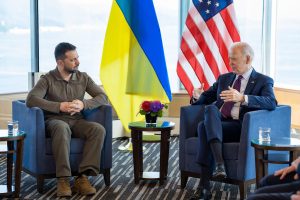Margaret Kimberley

The term “free world” was a mainstay of the cold war lexicon for decades. Although the United States and its NATO allies still portray themselves as paragons of free thought and action and declare anyone they don’t like as laggards in regard to human rights. They make quite a show of bragging about being democracies but their actions prove otherwise.
The U.S. and Israel continue their killing spree in Gaza which now totals 11,000 fatalities of men, women, and children. While the President of the United States claimed to have seen confirmation that Hamas beheaded children, Palestinians in their sorrow display the broken bodies of their children, some of them headless or limbless as Israel bombs homes, hospitals, and ambulances. The U.S. and the European Union are steadfast in their support of the bloodletting.
Of course most of the world has unambiguously condemned the ongoing crime. Millions of people have protested on every continent to express their outrage and revulsion as the sick plot to kill Palestinians en masse and force the survivors to leave their homes intensifies by the day.
Eight nations, including South Africa, Bolivia, and Colombia have cut diplomatic ties with Israel. In Washington DC, headquarters of the aiders and abettors of the genocide, an estimated 300,000 people took to the streets in just one protest. Similar numbers were seen in London and other European capitals.





















